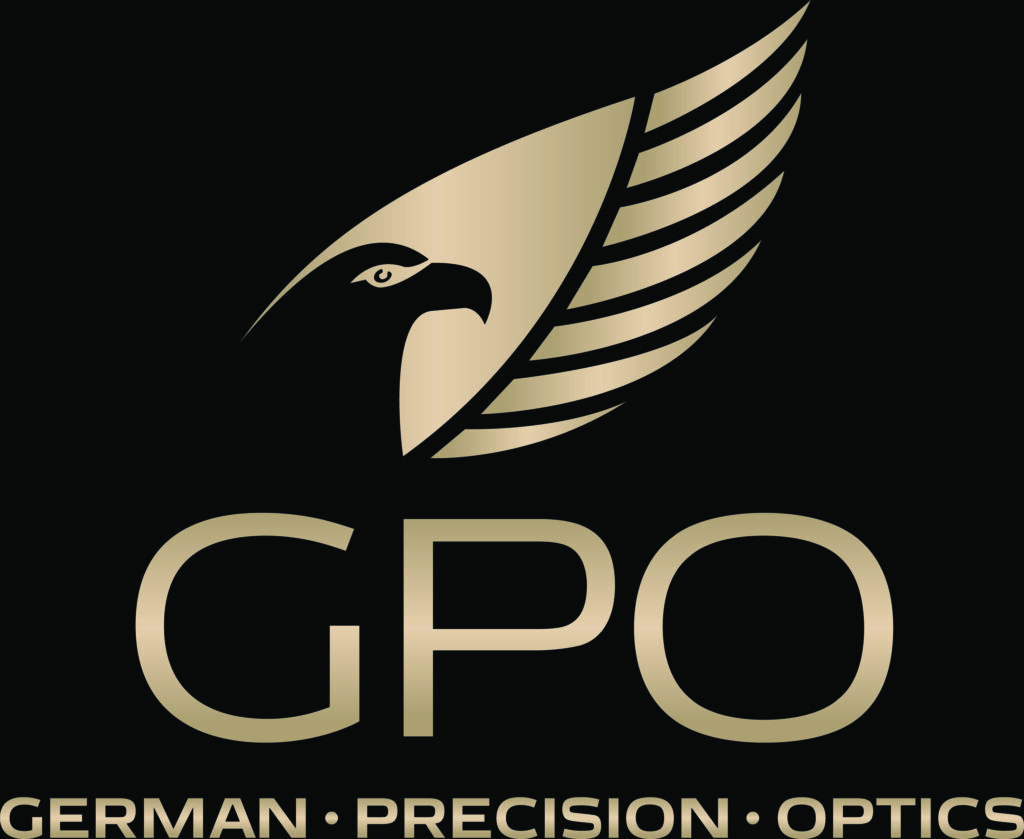If you’ve ever watched a movie or TV show based in Medieval Europe, you probably have a clear picture in your head when you hear the word “crossbow.”
You can probably already see an archer pulling back a string along a stock of wood, causing two pieces of thin wood sticking out on either side to bend. And then, the archer releases the string. The tension built up in the wood causes the arrow to fly rapidly through the air toward its target.
Believe it or not, this isn’t the whole story. Nowadays, there are many types of crossbows. But the two most popular types are recurve crossbows and compound crossbows.
If you’re having trouble telling them apart, here’s a quick guide.
Recurve Crossbows
To put it simply, a recurve crossbow is the type of crossbow you may have pictured at the outset of this post. It’s a single string crossbow in which the limbs curve toward the archer and away at the tips. Hence, the name “recurve.”
When an archer pulls back the string, the two limbs bend, which builds tension. Then, as the archer lets go of the string, the tension is released, propelling the arrow forward. There are very few moving parts involved. And, while most modern crossbows are not made out of wood, they are still relatively light. Some hunters are attracted to its lightweight frame and ease of maintenance.
Compound Crossbows

Compound crossbows are a bit more complicated than recurve crossbows. Unlike the recurve bow, a compound crossbow uses several cables and wheels to create additional tension when the hunter pulls the string back. As the modern platform for crossbows, they also tend to feature cutting-edge crossbow technology that improves accuracy, durability, and ease of use.
The added tension equates to even more force being placed on the arrow than the recurve bow’s limbs alone can create. This results in a higher arrow velocity and, ultimately, greater stopping power.
The Best Crossbow for You
With all of this in mind, the question remains: which is the best fit for you? The answer, unsurprisingly, is it depends. When deciding between the two types, consider the following factors:
Precision
Stopping power is great and all, but it really doesn’t matter if you can’t predict where an arrow will land between one shot and the next.
The two types of bows aren’t so different here, but compound crossbows still come out ahead. While they do have more parts that work together to shoot an arrow, which can mean more wear and tear on parts critical for accuracy, they often include unique features that drastically reduce this, as well as significantly improve accuracy. It just requires some maintenance, so make sure to always spend time preparing your crossbow before hunting season.
Power
When it comes to power, there really is no comparison: Compound crossbows are the clear winner.
We’ve mentioned the word “tension” a few times in this article, but its impact on arrow velocity cannot be overstated. The cable and wheel system on the compound crossbow exerts significantly more tension on its limbs than the single bowstring on a recurve bow. Not to mention, compound bows typically have heavier arrows. The high velocity and heavy arrow weight leads to greater stopping power.
Of course, it takes a responsible hunter to safely handle all of that power. Only experienced hunters who know what they’re doing should wield compound crossbows for this reason.
Maintenance
Recurve crossbows and compound crossbows each have their own pros and cons as it relates to maintenance, but due to their simple design, recurve crossbows come out on top.
Compound crossbows have many moving pieces. Over time, both the wheels and cables can begin to wear out. You’ll usually need to take it to a professional for repair, and the costs can naturally add up.
But that doesn’t mean recurve crossbows are necessarily low maintenance. A tremendous amount of pressure is placed on the bowstring every time it’s pulled. That said, it’s a lot cheaper to replace a bow string than it is to replace components of a compound crossbow’s wheel and cable system, which should be a consideration for any hunter who is somewhat price-conscious.
Price
Speaking of price-consciousness. It shouldn’t come as surprise compound crossbows are a bit pricier than recurve crossbows.
All of the moving parts add to the cost of production for a compound crossbow. It is a premium hunting tool, and so hunters hoping to purchase one should expect to pay a premium price. Recurve crossbows, in contrast, are relatively basic tools. Their design has pretty much not changed at all over the thousands of years they have been used.
How to Decide
Consider what is most important to you before making a decision. If you’re someone who is still learning the ropes with hunting, you may want to start out with a recurve crossbow, since it is less of an investment and simple to use and maintain. Conversely, if you’re someone who refuses to skimp on performance, a compound crossbow should be your go-to. Truthfully, though, you can’t go wrong.
Happy hunting!
Latest posts by Tactical Gun Review (see all)
- Five Glock Problems and How to Fix Them - January 14, 2024
- Tailoring Safety to Diverse Home and Vehicle Settings - December 12, 2023
- How to be Comfortable While Wearing Body Armor - December 11, 2023




Recent Comments